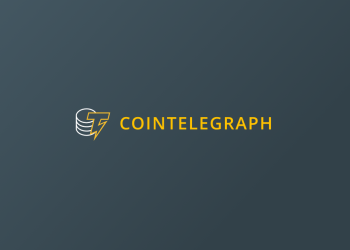Key Takeaways:
- The migration roadmap for Pi Network is divided into three priority-based phases — with no set timeline.
- Due to opaque criteria for rewards and long processing times, community frustration has been growing.
- The price of Pi Coin dropped by more than 45% over the past month, though it recently rebounded slightly.
Pi Network Unveils Three-Phase Mainnet Migration Plan
Pi Network, on April 18, 2022, officially released its eagerly awaited Mainnet Migration Roadmap, outlining a three-phase approach to bringing Pioneers, its millions of users, onto the open network.
There will be three phases of the migration:
- First migrations will prioritize KYC-verified users and reward contributions from mining, Security Circles, locked-up tokens, utility apps, and Node operators.
- Second migrations will add referral mining bonuses, but only for those with fully KYC-verified referral teams.
- Ongoing periodic migrations, potentially monthly or quarterly, will follow, completing the transition for the remaining users.
Well over 12 million users have successfully migrated so far, according to Pi Network, a remarkable achievement for a new blockchain which developed its KYC and migration systems from the ground-up with zero cost to users in fiat.
Without a tentative schedule, users cannot predict when their rewards will arrive.
Migration Uncertainty Leaves Pi Network Users Seeking Clarity
Even though the roadmap provides clearly structured phases, Pi Network users are expressing concern that something vital is missing. Many say they tap the “claim” button daily, only to then find zero rewards in their wallets. Others say they’ve received only partial transfers, with no explanation.
The “Transferable Balance” display in the Pi app is particularly controversial. Project team says it was intentionally designed to display a conservative estimate so as to conserve system resources.
Understanding Pi Network’s Tokenomics and Supply Structure
With migration well underway, Pi Network took the chance to clarify how its tokenomics model operates. The limited supply of the network is set to a maximum of 100 billion Pi, distributed as follows:
- 65% for community mining rewards
- 10% for foundation reserves
- 5% for liquidity
- 20% for the Core Team
Importantly, all allocations are still proportional to the number of Migrated Mining Rewards and no group can accelerate its share independently. The model was set up to align incentives throughout the network, but also to maintain fairness through the transition.
Despite the clarity in structure, however, the network has yet to release updated figures on how many tokens have already migrated or how many users are still left in the queue.


Price Drops and Token Unlocks Add to Pi Network’s Challenges
Even though Pi Network attempts to add clarity with its roadmap, market reactions indicate more fundamental issues. The price of Pi Coin fell by more than 45% in the past month, but is up a little in recent days, to about $0.65, according to the data website CoinGecko.
A 108.9 million Pi token unlock event at the beginning of this month has further added to the uncertainty — there is no explicit connection of the unlock event to the migration schedule, raising questions for users over whether the project is choosing to reward internal allocations instead of user rewards.
More News: Pi Network to Partner with Banxa for Direct Fiat-to-Pi Purchases



















